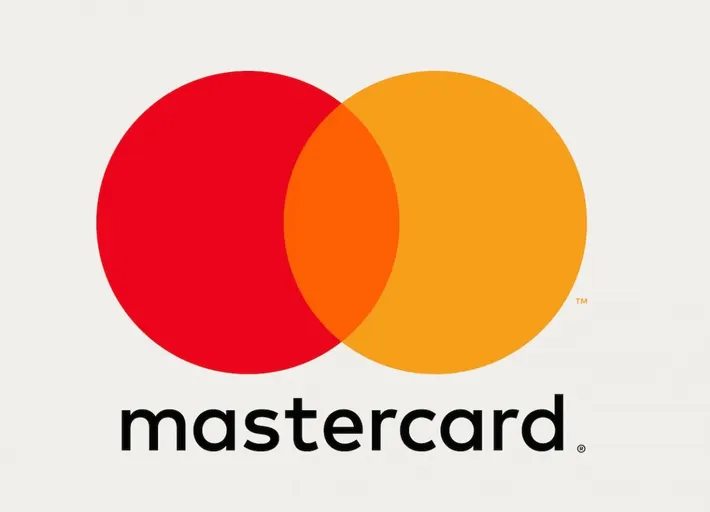How to choose the right personal loan for you & all the variables to consider in your personal loan.
Personal loans can be a useful financial tool to cover large expenses, consolidate debt, or manage unexpected financial needs. However, some personal loans would be better for your particular situation than others. With numerous lenders and loan options available, it can be challenging to find the best fit for your financial situation. This video will walk you through the steps to help you make an informed decision when selecting a personal loan.
And we know a lot about personal loans. We’ve spent years in the lending industry and we currently track hundreds of different credit options. We understand their policies and features and can tell you what are the most important things you should pay attention to.
Here is a step-by-step guide to ensuring you are finding the right loan for your situation.
1. Determine Your Personal Loan Purpose
The first step in choosing the right personal loan is understanding why you need the loan. Your reason for needing the loan can drive which loan features will be most important for you.
- Debt Consolidation: If you want to consolidate other debt, you will want a lender that will offer you an APR that is 2-3 percentage points lower than the debt you are consolidating. You might also want to find a lender that will use the proceeds of the loan to pay off your other debts for you.
- Home Improvement: If you are looking to finance a home renovation project, you might want flexibility in how much you can borrow. If flexibility is crucial, you might need a line of credit. You might also choose to secure the loan so you pay less in interest over time.
- Medical Expenses: If you are looking to cover unexpected healthcare costs, you might want to make sure to get an unsecured loan or terms that will allow you to repay it in the timeline that makes sense for you.
- Life Event: Many people need to finance major life events like weddings, adoptions, having a baby, moving, or funerals. There are some lenders who specifically have loans tailored to these events.
- Major Purchases: Some lenders specialize in helping people pay for vacations, recreational vehicles, or other significant purchases.
Knowing your loan purpose will help you determine how much you need to borrow, the type of loan that best suits your needs, and the loan features that will be most important to you.
2. Assess Your Financial Situation
Before applying for a loan, take a close look at your financial situation. Your financial situation will play a role in the kind of loan terms you can qualify for. Collecting the information can also make applying easier.
- Credit Score: Your credit score plays a significant role in determining the interest rate and terms you qualify for. Higher scores generally lead to better loan offers. But, keep in mind that no lender just uses credit score to make their decision. Credit score is just a proxy for your total credit history. Ultimately, lenders usually weight other aspects of your finances might higher.
- Income: Ensure that your income is sufficient to cover the loan repayments without straining your budget. Most lenders will only approve you for monthly payments that they think you can afford.
- Existing Debt: Calculate your debt-to-income (DTI) ratio to understand how much of your monthly income goes toward debt payments. A lower DTI ratio increases your chances of loan approval.
- Assets: Consider what assets you have that could be used as collateral, like motor vehicle titles, equity in your home, CDs, or savings accounts. Collateral can help you secure better terms or qualify for loans that may otherwise be unavailable. But securing a loan with collateral puts your asset at risk if you struggle to repay the loan, so it is a trade-off you need to consider carefully.
A clear view of your financial situation can help you determine how much you can afford to borrow and repay.
3. Consider the Different Personal Loan Types
Understanding the types of loans available can help you choose the best option for your needs. Common loan types include:
- Unsecured Personal Loan which is a loan that doesn’t require collateral and is based only on your financial situation and creditworthiness.
- Secured Personal Loan which is a loan backed by collateral, such as a car or savings account, which often comes with lower interest rates.
- Unsecured Line of Credit which is a flexible borrowing option where you can withdraw funds up to a pre-approved limit without using collateral.
- Home Equity Loan (HELoan) which is a loan that lets you borrow against the equity in your home, typically with fixed interest rates and a fixed term.
- Home Equity Line of Credit (HELOC) which is a revolving credit line secured by your home’s equity, with variable interest rates and an open-ended credit relationship.
Evaluating these options will help you determine which type of loan aligns with your financial goals and resources.
4. Explore Your Options
Lenders have specific criteria for approving personal loans. Common requirements include:
- Minimum Credit Score: Many lenders have a minimum credit score requirement.
- Income Threshold: You may need to meet a minimum income level.
- Debt-to-Income Ratio: Lenders do not typically publish their debt-to-income ratio cutoffs, but most of them have them.
- Age Requirement: Almost certainly, you will need to be at least 18 years old.
- Employment History: Stable employment can improve your chances of approval.
Comparing lender’s eligibility requirements with your circumstances can help you zero in on the lenders that might be the best fit for you.
There are several different kinds of lenders that you should consider during the process.
- Banks: Traditional banks often provide competitive rates for borrowers with strong credit. They are usually a good option if you are already a customer with the bank. They do tend to be more restrictive than other lenders, so you might need a good-to-excellent credit score to be approved.
- Credit Unions: Credit unions usually offer some of the lowest APRs and great customer service. This is because they are not-for-profit organizations. They are there to serve their members. So, you have the best chance of being approved if you have a long history of membership with the organization.
- Online Lenders: Online lenders can provide quick approval and funding, often catering to borrowers with diverse credit profiles.
- Storefront Lenders: Storefront lenders almost always cater to people with poor credit. If they are geographically close to you, you can often get a check from them on the same day.
Each type of lender has its advantages and disadvantages. You will want to make sure that their advantages align with what you need.
5. Shop Around For The Right Personal Loans
It’s essential that you shop around. Every lender has a different algorithm for deciding who to approve, how much to offer, and at what rate. You could be denied by one lender only to be given a great offer from another one.
That’s why we recommend that if you can, you should get 2-3 approvals before you accept a loan. This approach allows you to compare offers and select the best terms for your financial situation.
At The Yukon Project we’ve tried to make shopping around easy. If you go to our marketplace page, you can select the purpose of your loan, how much you need, and your credit score. You can then apply to any one of the featured lenders. Behind the scenes, we will check your rate with up to forty other lenders. Our partners use a soft credit check, so applying won’t hurt your credit score. We will show you all your approved offers so you can pick the loan that’s best for you.
6. Evaluate Offers
Loan terms and fees can vary widely among lenders. Pay attention to:
- Loan Term: The length of time you have to repay the loan. Shorter terms typically result in higher monthly payments but lower overall costs, while longer terms reduce monthly payments but increase total interest paid.
- Origination Fees: Some lenders charge a one-time fee for processing the loan. These fees are often a percentage of the loan amount.
- Additional Fees: Understand the penalties for missed or late payments. Understand how much a late fee will cost and whether there is a grace period before it’s triggered. Also be aware of whether there are any non-sufficient funds (NSF) fees.
- Reputation: Read online reviews, especially from people who have completed the process with the lender. Negative reviews are a great way to see what kinds of things go wrong.
Comparing your options can help you decide which lender would be best for you. It can also help you avoid unpleasant surprises from arising a few months into your loan.
It might seem odd, but even the lenders who deny you should give you information that can tell you what you might need to do to improve your chances of approval. When a lender denies your application for credit, they are required by law to give you what is called a NOAA, or notice of adverse action. This tells you why you were rejected. That information can be invaluable in helping you improve your situation over time.
7. Make a Plan to Repay the Personal Loan
It’s crucial to have a plan for how you will repay the loan before accepting it. In practical terms, if you struggle to see how you are going to repay the loan–or you find you need to rely on luck to repay it–you might decide not to take the loan.
A solid repayment plan will help you avoid missed payments and reduce the risk of falling into debt. By staying organized and proactive, you can manage the loan effectively and maintain your financial health. Also, remember that making extra principal payments in the first six months of a loan will save you a lot of money on interest in the long run. It will also help you pay the loan off much earlier.
Conclusion
Choosing the right personal loan requires careful consideration of your financial needs, loan terms, and lender options. By taking the time to research and compare offers, you can find a loan that fits your budget and helps you achieve your goals. Remember to borrow responsibly and ensure that the loan aligns with your long-term financial plan.
If you have any questions, leave a comment below. We are trying to build a community of people who will share their experiences so we can all be better informed when making decisions about our personal finances. If you found this information helpful, like this video and subscribe to our channel. Your support helps us out and we really appreciate it.
























